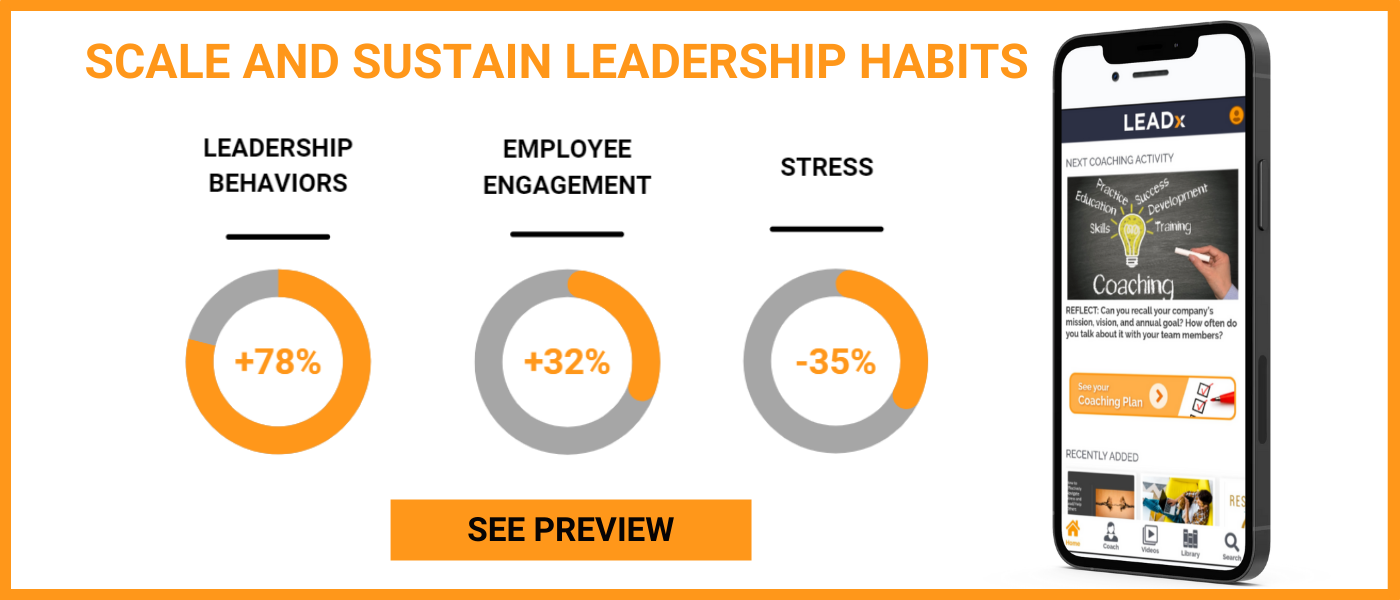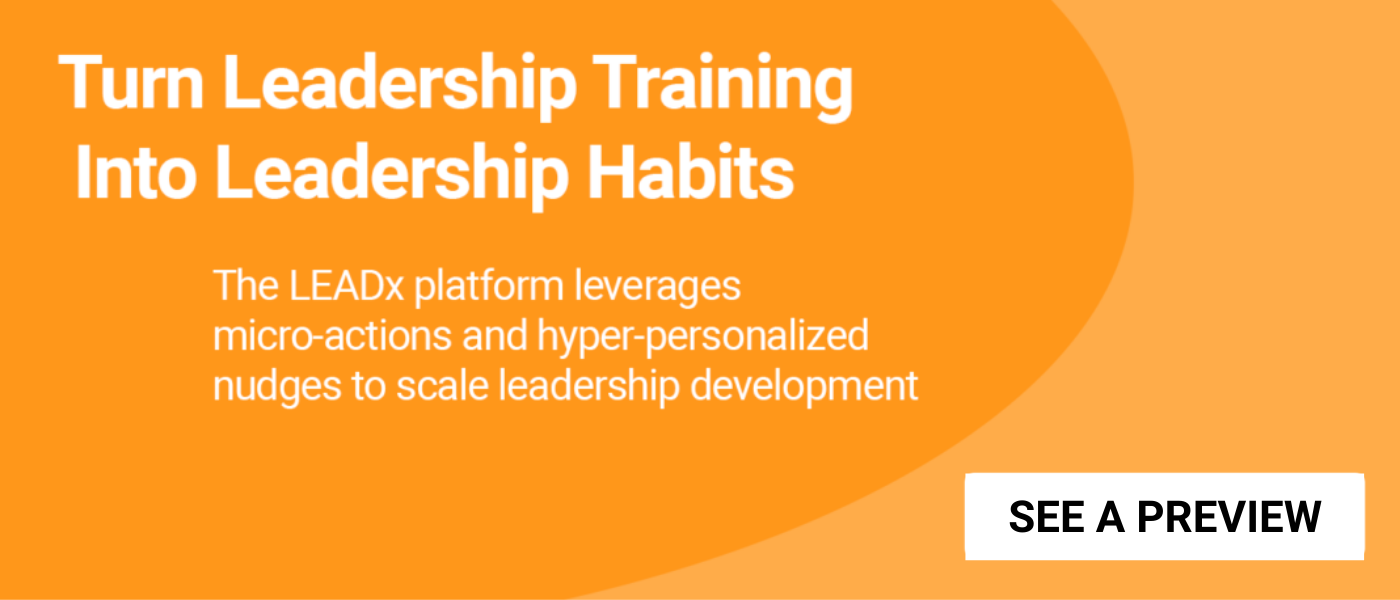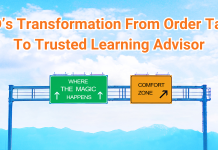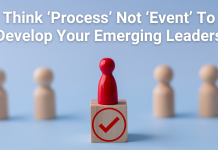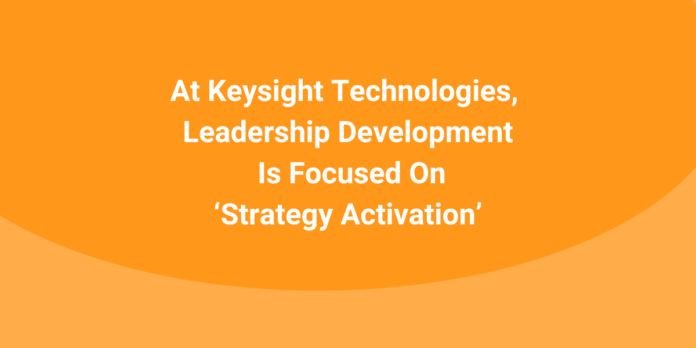
Leadership is the lever to scale culture. This is especially evident at Keysight Technologies, a market leader in electronics testing and measurement equipment and software. With roughly 14,000 employees and 2,200 managers across 100 countries, Keysight leverages its executive team in unique ways to scale leadership development, engage employees, and promote a culture of learning and innovation.
I recently had the opportunity to discuss Keysight’s powerful approach with Leslie Camino, senior director of corporate leadership development, culture, and DEI at Keysight Technologies.
This interview has been lightly edited for clarity and length.
Kevin Kruse: What is the foundational leadership development program at Keysight?
Leslie Camino: The Keysight Leadership Model (KLM) is our blueprint for how we deliver value to customers and one of the foundational pieces of our leadership development programs. It's what guides our expectations of leaders and employees. We cascaded it throughout the organization over the last three years and it was well-received by all our employees. The model stemmed from asking ourselves what behaviors and actions are needed by everyone in the company for us to deliver great value? As a result, we developed the Keysight Leadership Model training program, which was rolled out to the entire employee base, and has been extremely effective.
Kruse: How did you roll that out? You have a lot of managers to put through.
Camino: First things first, it really began at the top. Every year, our CEO holds a Keysight Executive Development (KED) meeting. The top company leaders get together to discuss the company’s strategy and define the leadership behaviors and qualities needed to deliver on that strategy. Once that happens, the KED content is cascaded throughout the company.
From that, we created the Keysight Strategy Activation training (KSA) to activate the minds and hearts of our employees to execute on the strategy. We believe that leaders teach leaders, so we captured video of our executives speaking to every concept of the Keysight Leadership Model and giving examples. We use an online platform that enables us to leverage various types of content like videos, short learnings, and discussions. We also ask employees questions so they have an opportunity to internalize what they're hearing and contribute their own ideas about what they will do to live and breathe the KLM in their everyday work.
Kruse: Unlike most other organizations, I can tell you don’t view leadership development as a “one and done” event.
Camino: We believe that learning is a lifelong pursuit that creates a mindset of professional growth and continuous improvement. We emphasize experimentation, stretch assignments, and on-the-job learning and development. Our employees have access to a wide range of programs, workshops, classes, and resources to help them excel in their careers and share what they know with others.
We design something new every year based on the company’s strategy and what is happening during the year. For example, during the pandemic, we realized that we would need to find new ways to develop our dispersed employees. We focused on engagement and innovation, and our employees responded very positively. We also encouraged employees to learn through our digital courses, and we created the KLM challenge for employees to share stories of what they had learned.
Kruse: What are you doing to train brand new managers?
Camino: In our new manager program, we include all first-time managers, whether or not they’re new to the company, because it's an important part of how we build our culture. It's a homegrown program that we redesigned recently, from a three-day, face-to-face program to a 6-week digital series with a global audience. It focuses on creating self-awareness, emotional intelligence, and a growth mindset—really looking at leadership from the inside out so our managers are prepared to think and act as leaders in any situation.
Kruse: Do you use any assessments to promote self-awareness?
Camino: We use a variety of assessments, including StandOut strengths assessment, social styles, and Hogan. We also use the SCARF assessment, which is part of the NeuroLeadership Institute. We really believe in applying brain science to our learning programs. Our target employee audience consists of scientists and engineers, so they really respond to that. I think it’s more about opening the door for the learner to do that inside-out exploration rather than the tool itself.
Kruse: How do you measure culture? How do you know your leadership development is actually working?
Camino: We have a My Voice program, which is a periodic 10 question survey that gives employees the opportunity to share ideas and vote on them in real-time. And at the end of the survey, we publish the top-ranked ideas and use them to create programs, toolkits, and other initiatives. Results also appear automatically for employees and managers so that teams can have open and transparent conversations about the results. In learning programs, we use analytics on competencies, application, ROI, engagement, and strategic alignment. Having the right leaders, many who went through our next-generation leadership programs, and the success of the company is a great indicator.
Kruse: What advice would you give to others who are building their company's leadership development program for the first time?
Camino: Be strategically aligned. When you are strategically aligned, everybody wants to take part in developing themselves so they can hit their goals and achieve results. Also, think about what's coming so you can develop to emerging technologies and continue to innovate. This has been our guide at Keysight and in the leadership space. In addition, don’t be afraid to experiment, we have a mindset across the learning team and our leadership of piloting new ideas, if it sticks it sticks, otherwise we try a different approach.
Big Ideas for Your Organization
- Focus on the CEO's most important issues. Instead of a grab bag of evergreen topics that may or may not apply to leaders' real-world responsibilities, choose topics and content that support the strategy and top priorities generated by the CEO. Alignment is key.
- Leverage leaders to teach other leaders. Leveraging leaders to teach and share ideas with other leaders will help create motivation and buy-in across the workforce. This doesn’t have to take a lot of their time. Capturing their answers to simple questions on video can be used to scale leadership lessons.
- Activate social learning. Embed opportunities for learners to connect and collaborate while they learn. Virtual moments of reflection for action are vital to deepen insight and networking. They can even create a movement.


